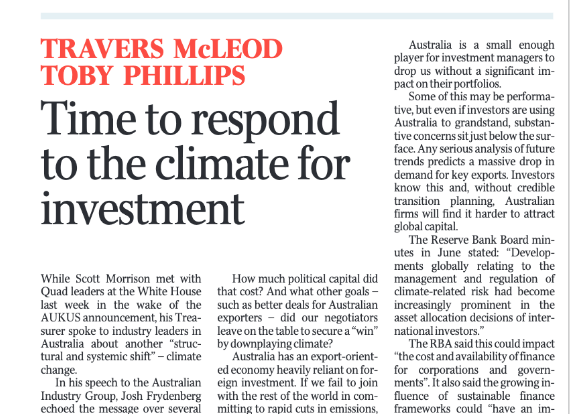First published in Crikey here
The government this week released one of the most important discussion papers about the arts and culture in years, and almost no one in the arts sector noticed.
It might be because the arts and cultural industries have stopped engaging with the government’s tortuous process of developing a National Cultural Policy. After all, Peter Garrett announced the government would develop a cultural policy in 2009, and current Arts Minister Simon Crean is now promising to deliver one in 2012, a mere three years later.
Perhaps people are confused. You can hardly blame them, given the content-less gobbledygook served up by Crean’s office in its latest national cultural policy discussion paper.
Or perhaps people have simply stopped listening. When the Office of the Arts released its Strategic Digital Industry Plan in August, almost nobody noticed. Believe it or not, this plan was actually one of Garrett’s 2007 election promises, but the final document, entitled Creative Industries, a Strategy for 21st Century Australia, is neither a plan nor a strategy. It contains no recommendations and no funding or regulatory announcements. Instead it simply collects together a grab-bag of current programs and initiatives, many of them only vaguely related to each other, as though listing them all in the same document somehow suggests a way forward.
In arts and cultural policy, it is ever thus. While the Arts Office issues a series of glossy brochures, the big decisions about the big industries and the important policy questions are made elsewhere in the government. And right now, some big questions are being asked by the Convergence Review.
This week, the Convergence Review released an entire series of discussion papers that pose major questions about the future shape of Australian cultural policy. The discussion paper about “Australian and Local Content“ ranges all over the cultural policy landscape, examining everything from media ownership and the decline of local journalism to Screen Australia’s funding levels and the performance of the Producer Offset.
For those who read closely, there are plenty of potentially exciting proposals hinted at. For instance, the discussion paper asks: “Whether there are forms of content that should receive access to an indirect incentive from government but currently are ineligible, such as interactive entertainment.” Translation: should the gaming industry also get tax rebates? Even the long-neglected community broadcasters get a mention. The discussion paper pointedly asks: “What should be the role of community broadcasters in producing and delivering local content?”
Other issues canvassed by the various discussion papers include doing away with much of the current system of local content regulations, the possibility of introducing a fourth commercial TV network (this columnist says “Yes! Do it!”) and introducing a public interest test for media mergers in order to protect what little diversity the Australian media still retains.
In summary, these papers represent a wide-reaching and incisive arm’s-length analysis of much of Australia’s current cultural policy settings. The contrast between them and the guff coming out of the Arts Office is telling. On current indications, the Convergence Review risks making the National Cultural Policy process irrelevant.
If that’s the case, then Australia’s established arts sector will largely have itself to blame. For a long time, the Australia Council and many other parts of our local arts sector have turned their backs on new media and digital culture — indeed, most forms of popular culture — instead pulling up the drawbridge to try and keep the barbarians at bay.
But digital convergence means that approach is becoming untenable. We seem to be nearing a moment of truth for government policy in regards to the arts and culture. All of a sudden, Australia’s cultural policy settings are up for grabs. Perhaps most interestingly, the legitimacy of the Australia Council as a key policy-making body has begun to be questioned (and not just by Crikey).
Just yesterday, for instance, respected and influential Adelaide Festival director Paul Grabowksy delivered a speech to the South Australian Press Club in which he attacked the current programing of of the symphony orchestras and bluntly stated that the Australia Council has failed artists.
“Something is wrong, there’s a lack of mettle,” Grabowsky said, according to The Australian’s Rebecca Puddy. “It could also be a defensive posture taken by the entire culture, trying to protect itself in a more competitive, less cosseted financial environment in which they need to be seen balancing their books and forcing them into the grotesque kind of organisations in which they have to be backing bands for rock’n’roll stars.”
Grabowsky is here describing the common practice of the state orchestras to play concerts with acts such as Deep Purple or Roberta Flack. He’s also right to point to the defensive posture that the Australia Council and many of the organisations it funds seem to have adopted in recent times.
The contemporary music industry has also started to organise itself to lobby against the current distribution of music funding, overwhelmingly weighted towards orchestras and classical music.
Culture is changing. So, finally, is the atmosphere of cultural policy.



